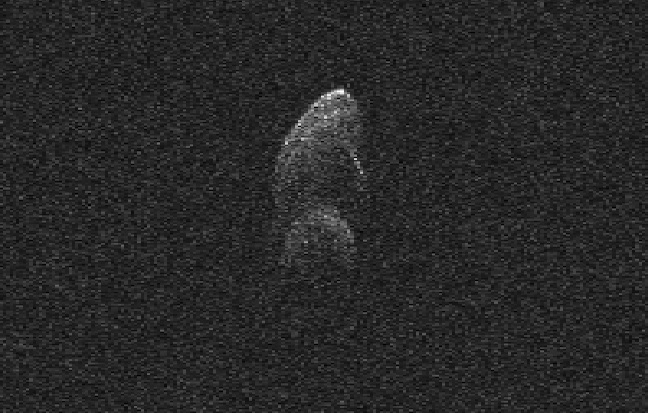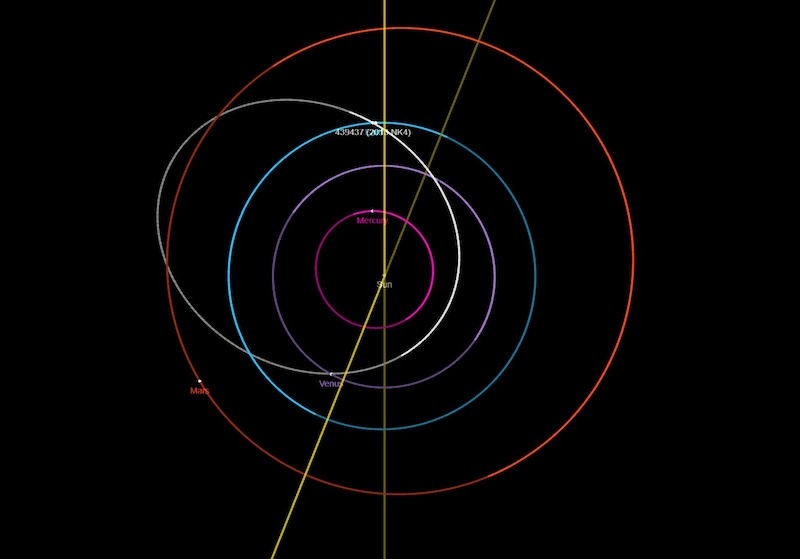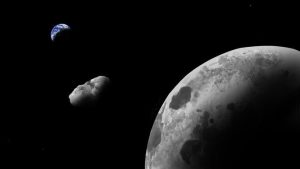A Huge Asteroid 2013 NK4 Passed The Earth: Don’t Miss A Chance To See It!
17th Apr 2024
On 15th April, a giant asteroid, 2013 NK4, safely passed our planet. Two days earlier, on 13th April, NASA astronomers obtained radar images of it with the Goldstone Radar in California.
The scientists claim that 17th April is the last day to see the asteroid 2013 NK4 in small-sized telescopes.
What Is The Asteroid 2013 NK4?
The images indicate that the 2013 NK4 asteroid is likely a binary contact. A binary contact consists of two celestial bodies or asteroids that have attracted each other gravitationally until they are touching, giving rise to their stretched-out form.
How Big Is The Asteroid 2013 NK4?
Asteroid 2013 NK4 has a diameter of approximately 2,000 feet (or 610 meters). This is roughly twice the size of Apophis, famously dubbed the “doomsday asteroid” set to pass closer to Earth than our artificial satellites in 2029.
However, what sets 2013 NK4 apart is its significantly greater distance during its closest approach to Earth—more than eight times the moon’s distance. This allowed the scientists to make an exciting announcement: people with telescopes will be able to observe an asteroid’s passage near Earth!
What Speed Does The Asteroid Have?
During its recent pass by Earth, the asteroid raced past our planet at a speed of 36,909 miles per hour (or 59,400 kilometres per hour), equivalent to 10.2 miles per second (or 16.5 kilometres per second) relative to Earth.
The Asteroid’s Orbit
Asteroid 2013 NK4 completes one orbit around the sun every 378 days. However, its orbit is slightly more elliptical than Earth’s. It extends beyond Mars before swinging inwards between the orbits of Venus and Mercury.

Is The Asteroid 2013 NK4 Dangerous?
Asteroid 2013 NK4 is labelled as a Potentially Hazardous Asteroid because it occasionally passes near Earth. Additionally, it is a reasonably large space rock. Despite this, astronomers have known this asteroid since 2013, hence the year designation in its name. Its orbit is well-documented, and there was no threat whatsoever to Earth during its recent flyby.
Further Study Of The Asteroid
NASA plans to study the asteroid. According to NASA/JPL, astronomers will utilise the 230-foot (70-meter) DSS-14 Goldstone radar antenna in California to image the space rock from April 13 to 19. Researchers expect these photos to reveal the asteroid’s shape, potentially enabling them to refine the space rock’s size better.
When And How Can You See 2013 NK4 Passing Our Planet?
While the asteroid’s closest approach already occurred on Monday, observing it through a telescope tonight, on 17th April, will be even more convenient. For this, you may use GoTo telescopes or computerised telescopes.






Thank you for your comment! It will be visible on the site after moderation.